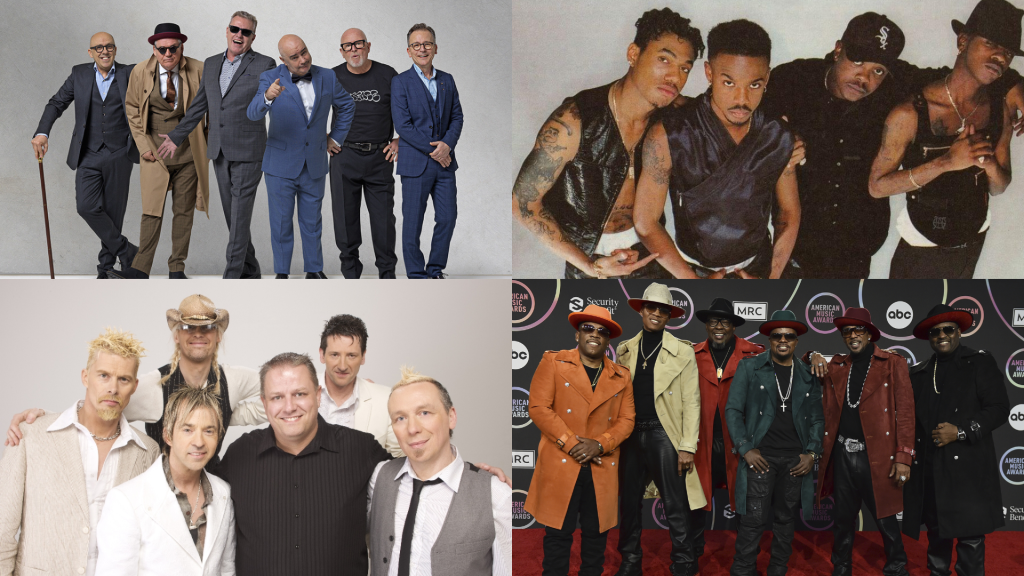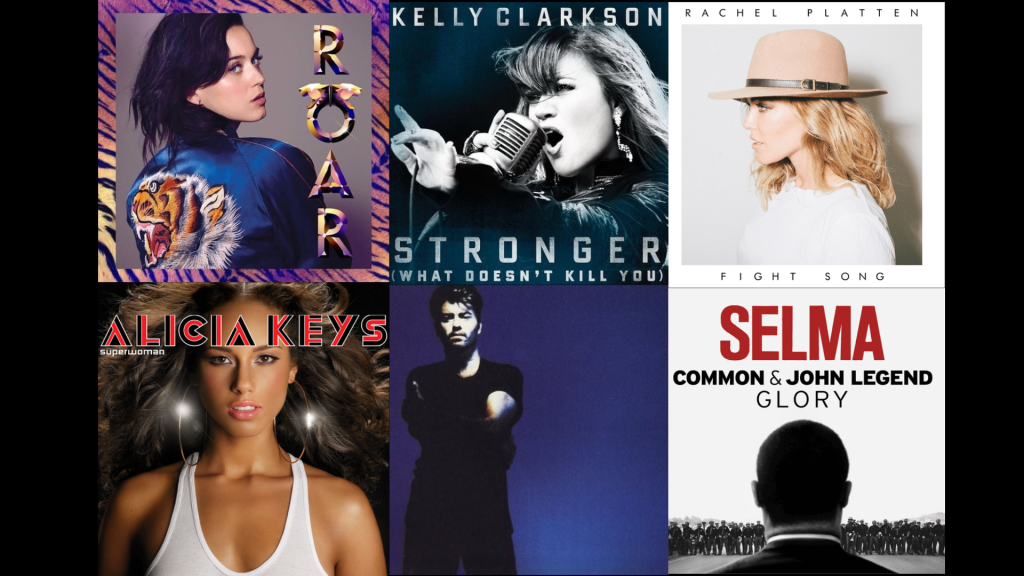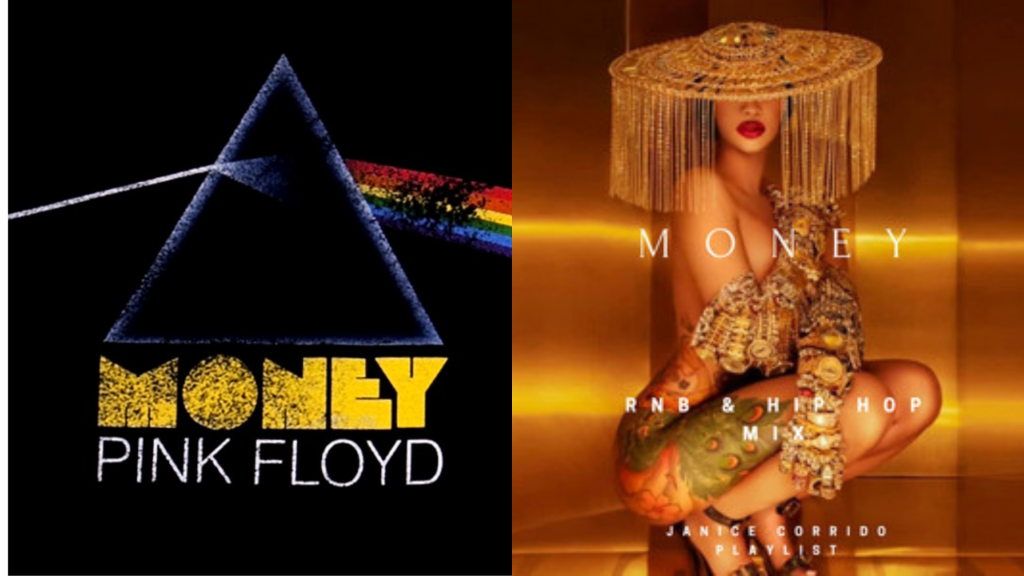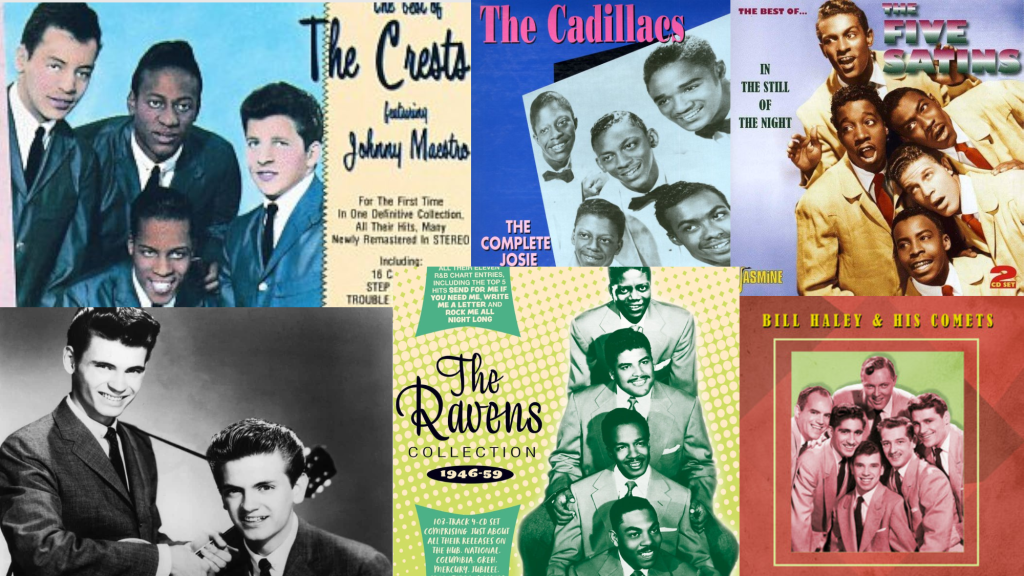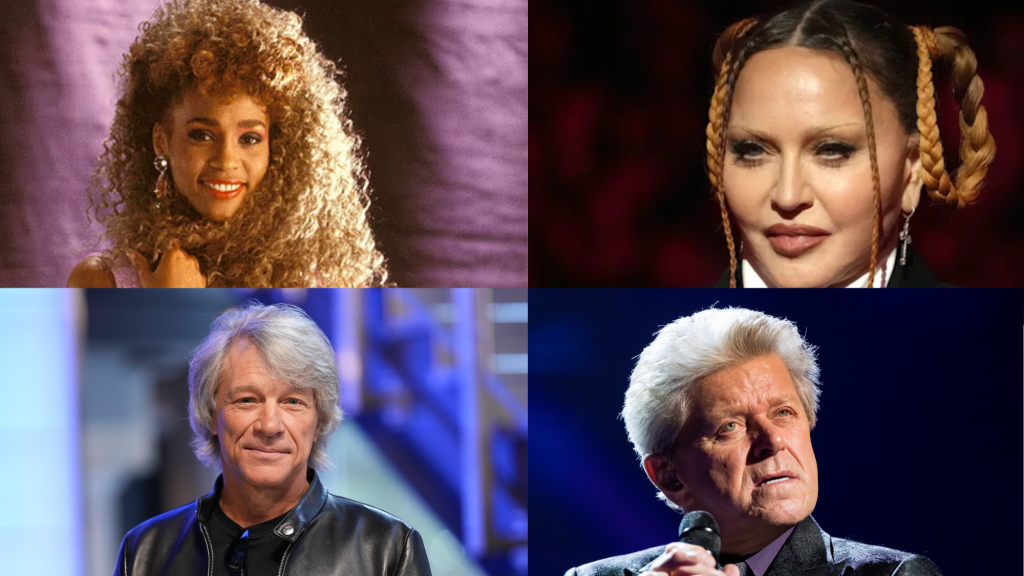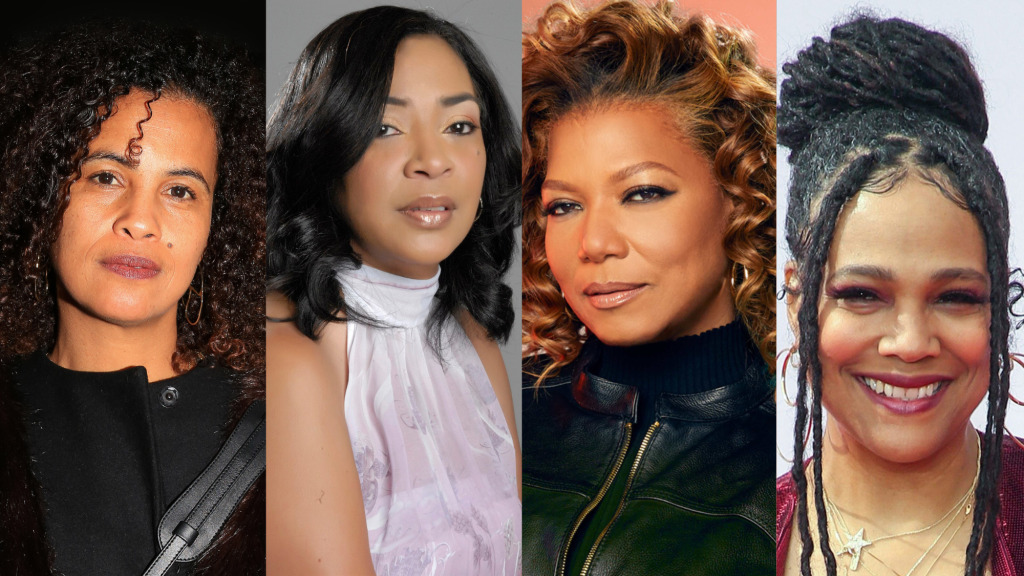A quiet revolution is reshaping the esports world. Emerging talents—many from regions long overlooked by the mainstream—are stepping into the spotlight. Data points to a 47% surge in new competitors from non-traditional gaming hubs. Names like NightOwl and Desert_Storm are turning heads with skills that challenge the status quo. These players aren’t just fast—they’re strategic, brand-savvy, and wired into the pulse of gaming culture. The next wave of dominance won’t come from the familiar faces—it’s rising now, in the shadows.
The Shifting Sands of Esports: A New Generation Emerges
Streaming platforms like Twitch and YouTube Gaming have rewritten the script for talent discovery. No longer do players need to grind through sanctioned leagues or wait for team scouts. A skilled player with a mic and a screen can build an audience—and a career—from their bedroom.
For many, these platforms offered the first real opportunity to become a gamer in the professional sense—not just a hobbyist, but a serious competitor with global visibility. The line between casual and competitive has blurred, with countless young talents making the leap by simply pressing “Go Live.”
Online grassroots tournaments, now with prize pools topping $100,000, are surfacing players who would’ve slipped past old-school systems. Meanwhile, mobile esports platforms are leveling the playing field, allowing anyone with a phone to compete. With games like PUBG Mobile and Mobile Legends boasting over half a billion active players, the global stage has never been more accessible.
From Stream to Stage: The Power of Online Platforms
LAN tournaments once ruled the scene. Not anymore. Today’s breakout stars are born on stream, where sharp gameplay meets unfiltered authenticity. Platforms like Twitch aren’t just broadcasting games—they’re launching careers.
Nearly three-quarters of rising esports pros built their first fanbases through streaming. These players maintain competitive rankings while connecting directly with viewers, bypassing traditional gatekeepers. It’s a model built on hustle, engagement, and performance. And more often than not, the next esports sensation is perfecting their aim in a bedroom—not a boot camp.
The Rise of Grassroots Tournaments: Finding Hidden Gems
Grassroots tournaments have become the proving ground for elite talent. Since 2023, regional tournament participation has more than doubled, with local events drawing global attention.
These aren’t just small-scale throwdowns. They’re dynamic ecosystems where community support meets high-stakes competition. Sixty-five percent of new pro players in 2024 first emerged through these grassroots events. For many, they represent the first step toward the spotlight—and the pros.
It’s a transformation from the bottom up. From casual LAN parties to structured regional championships, these tournaments are unearthing talent that’s raw, brilliant, and ready to compete on the world stage.
The Impact of Mobile Esports: Opening New Doors
Mobile gaming is rewriting the rules of esports. Low-cost entry and global accessibility have turned smartphones into launchpads for elite players. Strategy games like Clash Royale and Arena of Valor are giving rise to a new kind of competitor: tactically sharp, relentlessly efficient, and battle-tested in real-time.
Participation in mobile esports has surged 300% since 2021, especially in Southeast Asia and Latin America. Talent is being scouted directly from mobile leaderboards, bypassing traditional pipelines altogether. The new stars of esports might not even own a PC—they just need a phone, a signal, and killer instincts.
Spotlight: Gamers to Watch in 2025
Four names are gaining serious traction in competitive circles: Aria “NightOwl” Chen, Malik “Desert_Storm” Al-Farsi, Sofia “PixelQueen” Rodriguez, and Yuki “Neo_Samurai” Tanaka. With win rates exceeding 70% across major events in 2024, they’re not just promising—they’re inevitable.
Aria “NightOwl” Chen
At 17, Aria Chen is Singapore’s breakout sensation in VALORANT. Ranking in the top 0.1% across Asia-Pacific, she combines surgical accuracy with fearless positioning. Her disciplined training includes eight-hour sessions and rigorous VOD analysis.
What makes NightOwl stand out isn’t just precision—it’s her deep understanding of evolving metas and her ability to stay one step ahead. Analysts agree: she’s headed for the international stage by 2025.
Malik “Desert_Storm” Al-Farsi
Malik Al-Farsi is rewriting expectations for mobile esports. Representing Oman, he dominates the PUBG Mobile circuit with surgical map awareness and uncanny decision-making under fire.
At 19, Desert_Storm represents a new wave of mobile-first athletes who’ve never touched a gaming PC—and don’t need to. His rise is fueling the Middle East’s growing presence in global esports, with scouts and sponsors taking serious notice.
Sofia “PixelQueen” Rodriguez
Hailing from Brazil, Sofia Rodriguez is redefining mid-lane play in League of Legends. Her unorthodox champion picks and relentless aggression have shaken up South America’s competitive ladder.
PixelQueen doesn’t just adapt—she innovates. Her pressure-focused playstyle forces teams to rethink lane control, and her mechanical finesse keeps her consistently ahead of the meta. With international eyes on Brazil, she’s poised to break out in 2025.
Yuki “Neo_Samurai” Tanaka
Eighteen-year-old Yuki Tanaka has emerged as Japan’s sharpest shooter in Counter-Strike 2, boasting a jaw-dropping 1.45 K/D ratio in regional events. His gameplay is a blend of precision and aggression—hallmarks of a rising legend.
Key attributes driving his ascent:
- Sub-150ms reaction time—elite by any metric
- Trailblazing utility use that’s rewriting standard CS2 tactics
- A devoted fanbase fueling his momentum
- Twelve-hour practice regimens focused on muscle memory and reflex conditioning
His hybrid style—fusing Japanese discipline with Western aggression—is quickly attracting global attention.
What Makes a Rising Star? The Skills and Stories
What separates rising stars from fleeting flashes? It’s not just aim. It’s how they think, react, and engage with their communities. Today’s elite prospects combine mental resilience, innovation, and a sharp understanding of brand-building. They aren’t just players—they’re architects of their own legacy.
Beyond Skill: Mental Toughness and Adaptability
Esports isn’t just mechanical. It’s mental. High-stakes tournaments demand players who stay calm, adjust on the fly, and thrive under pressure.
- Top-tier prospects show elite stress management in clutch moments
- They adapt quickly to meta shifts, often outpacing veterans
- Consistent results across multiple formats suggest long-term viability
- Players combining mental training with technical drills advance 40% faster
The future belongs to gamers who train their minds as intensely as their reflexes.
The Power of Community: Building a Fanbase
Skill attracts attention—but community keeps it. Rising stars are turning fans into lifelong supporters by showing up authentically, both in and out of the game.
- Two-way interactions via live streams and Discord channels are the new standard
- Personal content—training footage, Q&As, even memes—deepens fan loyalty
- Consistent engagement leads to 3x faster follower growth
They’re not waiting for the spotlight. They’re building it themselves.
The Importance of Innovation: Developing Unique Strategies
Innovation separates the great from the legendary. Today’s rising stars aren’t just playing the game—they’re changing it.
- Off-meta strategies are forcing coaches to rethink old playbooks
- Data-driven decisions create measurable advantages
- Cross-genre tactics bring fresh perspectives
- Player-audience collaboration yields creative breakthroughs
Strategy isn’t static. It’s alive—and the best are bending it to their will.
The Future of Esports: Predictions and Possibilities
By 2025, esports will look radically different. Virtual and Augmented Reality are pushing boundaries, while mobile-first ecosystems continue to expand the global stage. The lines between genres, platforms, and regions are dissolving—what emerges will be faster, bolder, and more inclusive.
The Evolving Landscape: New Games and Genres
Esports is moving beyond the usual suspects. While MOBAs and FPS titles remain strong, new formats are gaining ground.
- Auto-battlers and card games are growing fast, with a 45% projected market bump
- VR tournaments are gaining real momentum in combat and sports sims
- Mobile battle royales are now leading prize pools in multiple regions
- Cross-platform games are building unified ecosystems for diverse players
Versatility will be the new standard. The best won’t just master a game—they’ll master many.
Technology’s Role: VR, AR, and Beyond
Tech is reshaping the game itself. VR and AR aren’t just gimmicks—they’re setting the stage for the next evolution in esports.
- Immersive VR arenas are turning esports into physical spectacles
- AR overlays offer real-time player stats and in-game views
- Haptic feedback and motion controls demand new skill sets
- These innovations are creating athletes as much as gamers
The shift is profound. Competitive gaming will no longer be confined to screens—it will unfold in space, sound, and motion.
The Global Stage: Expanding Esports Reach
Esports is no longer dominated by a handful of countries. New powerhouses are emerging from South America, Southeast Asia, and Africa.
- Regional qualifiers now span 75+ nations
- Local traditions are influencing game design and
- Sponsorships are shifting toward underrepresented markets
- Cross-cultural training camps are redefining collaboration
Geography no longer limits greatness. Talent is everywhere—and it’s coming fast.
Final Take
NightOwl and Desert_Storm are more than breakout players—they’re signals. Signals of a seismic shift in how esports is played, discovered, and monetized. Their rise coincides with a 47% spike in mobile esports viewership and a projected $3.2 billion surge in global prize pools by 2025.
What you’re witnessing isn’t hype. It’s the future—one Twitch stream, one grassroots tournament, one bold strategy at a time.







